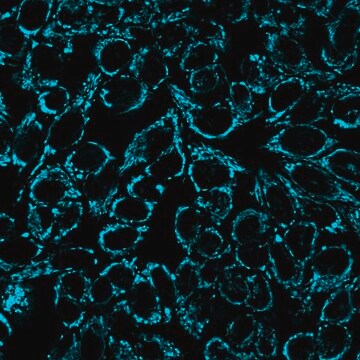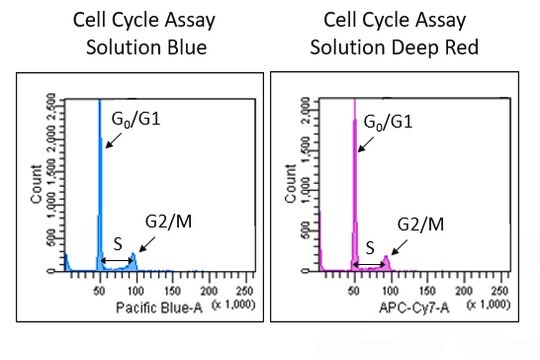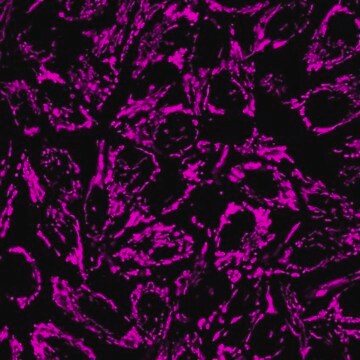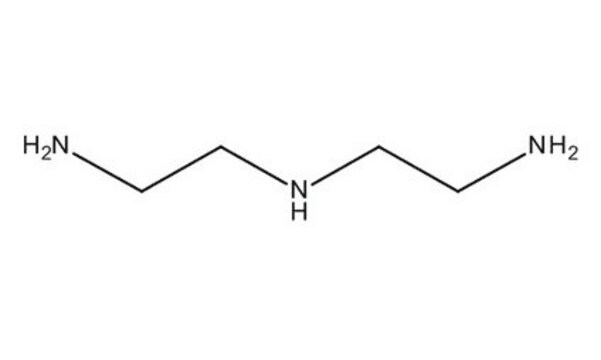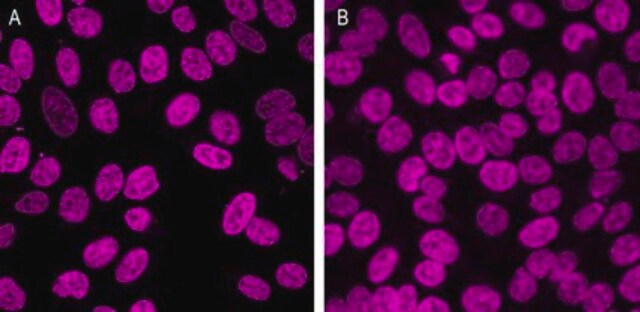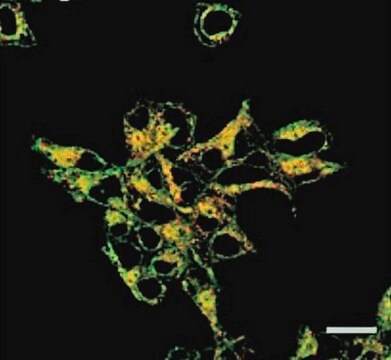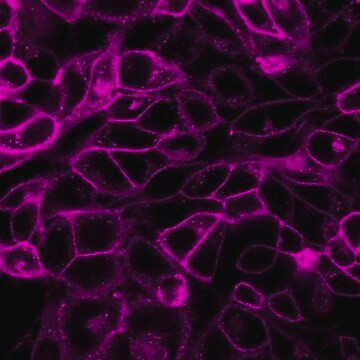07-3040
Diethylenetriamine
SAJ first grade, ≥98.0%
Synonyme(s) :
2,2′-Diaminodiethylamine, 2,2′-Iminodiethylamine, Bis(2-aminoethyl)amine
About This Item
Produits recommandés
Qualité
SAJ first grade
Densité de vapeur
3.6 (vs air)
Pression de vapeur
0.08 mmHg ( 20 °C)
Essai
≥98.0%
Forme
liquid
Température d'inflammation spontanée
676 °F
Limite d'explosivité
6.7 %
Disponibilité
available only in Japan
Indice de réfraction
n20/D 1.484 (lit.)
pb
199-209 °C (lit.)
Pf
−35 °C (lit.)
Densité
0.955 g/mL at 25 °C (lit.)
Chaîne SMILES
NCCNCCN
InChI
1S/C4H13N3/c5-1-3-7-4-2-6/h7H,1-6H2
Clé InChI
RPNUMPOLZDHAAY-UHFFFAOYSA-N
Vous recherchez des produits similaires ? Visite Guide de comparaison des produits
Mention d'avertissement
Danger
Mentions de danger
Classification des risques
Acute Tox. 2 Inhalation - Acute Tox. 4 Dermal - Acute Tox. 4 Oral - Eye Dam. 1 - Skin Corr. 1B - Skin Sens. 1B - STOT SE 3
Organes cibles
Respiratory system
Code de la classe de stockage
6.1A - Combustible, acute toxic Cat. 1 and 2 / very toxic hazardous materials
Classe de danger pour l'eau (WGK)
WGK 1
Point d'éclair (°F)
201.2 °F - closed cup
Point d'éclair (°C)
94 °C - closed cup
Équipement de protection individuelle
Faceshields, Gloves, Goggles, type ABEK (EN14387) respirator filter
Faites votre choix parmi les versions les plus récentes :
Certificats d'analyse (COA)
Vous ne trouvez pas la bonne version ?
Si vous avez besoin d'une version particulière, vous pouvez rechercher un certificat spécifique par le numéro de lot.
Déjà en possession de ce produit ?
Retrouvez la documentation relative aux produits que vous avez récemment achetés dans la Bibliothèque de documents.
Notre équipe de scientifiques dispose d'une expérience dans tous les secteurs de la recherche, notamment en sciences de la vie, science des matériaux, synthèse chimique, chromatographie, analyse et dans de nombreux autres domaines..
Contacter notre Service technique